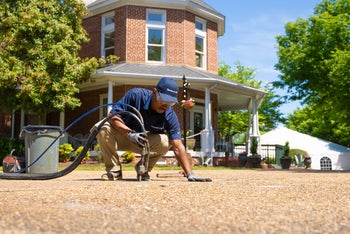The Ultimate Guide to Concrete Repair in Canada
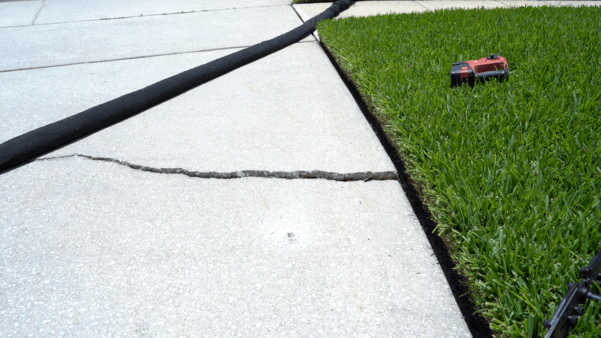
Noticing cracks in concrete around your home? Whether it’s your driveway, patio, or foundation, damaged concrete can be more than just an eyesore—it can signal deeper structural problems. If you’re concerned about concrete settlement repair or need expert advice on repairing concrete cracks, you’re not alone.
This guide will walk you through the causes and warning signs of cracks in concrete as well as the best concrete crack repair solutions available to homeowners in Canada.
Understanding Concrete Damage
Concrete is durable, but it’s not immune to wear and tear. Over time, exposure to Canada’s harsh freeze-thaw cycles, moisture infiltration, and soil movement can cause cracks and settlement in surfaces like porches, driveways, and steps. Ignoring these issues can lead to trip hazards, vehicle damage, or even structural concerns.
Types of Concrete Damage:
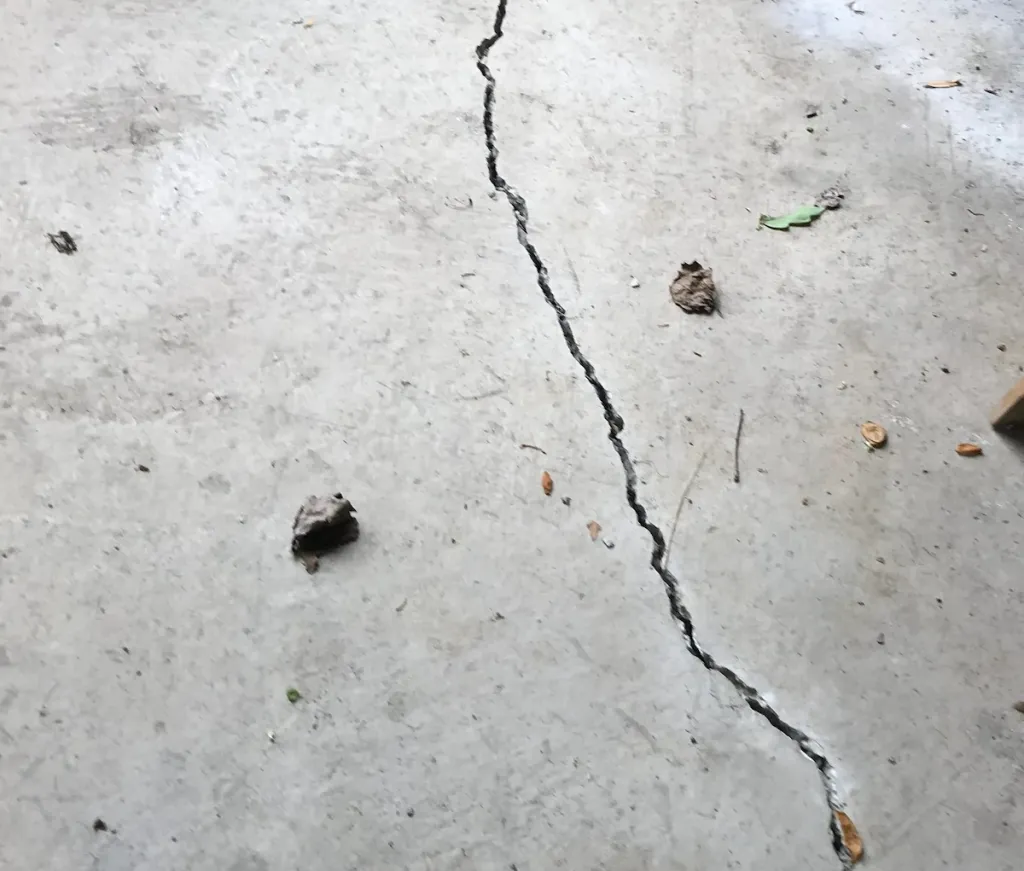
- Hairline cracks: Small, superficial cracks that may expand over time.
- Settlement cracks: Wider cracks caused by soil movement beneath the concrete.
- Structural cracks: Deep, serious cracks that compromise the integrity of the structure.
- Spalling: Surface deterioration due to freeze-thaw cycles or improper installation.
What Causes Cracks in Concrete?
Understanding why cracks in concrete happen can help you address them before they become serious. Here are the most common causes:
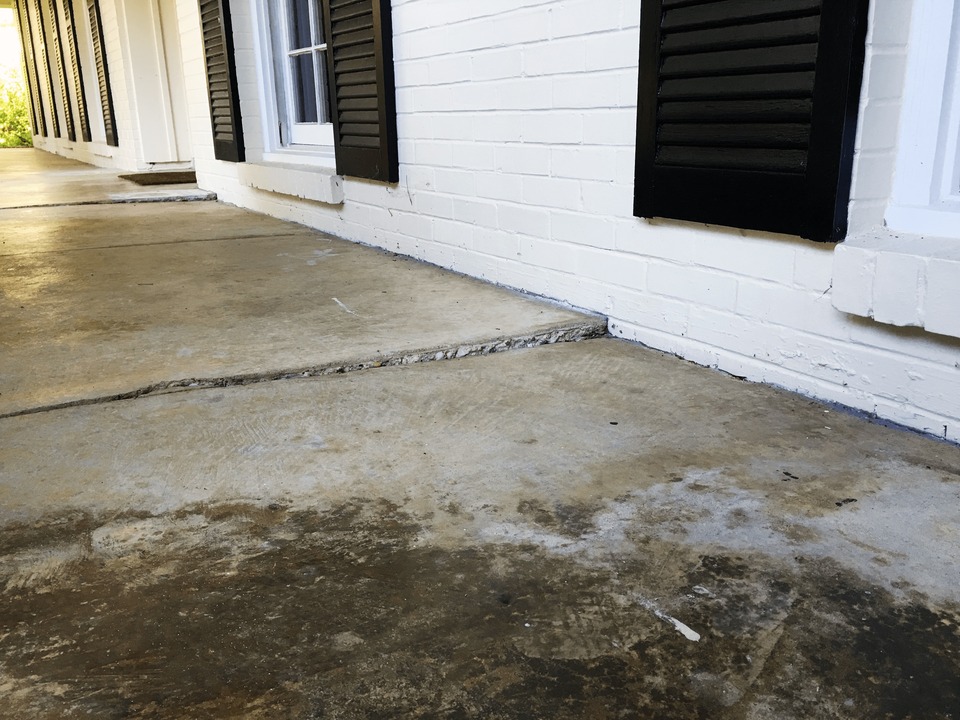
- Freeze-thaw cycles: Canada’s cold winters cause water to expand in cracks, worsening damage.
- Poor soil conditions: Expansive or weak soil can lead to concrete settlement repair needs.
- Heavy loads: Driveways and garages bear significant weight, leading to stress cracks.
- Improper installation: Poorly mixed or cured concrete can develop premature cracks.
- Moisture infiltration: Water weakens concrete over time, leading to spalling and deeper cracks.
DIY Inspection & Prevention Tips
Start by examining your surfaces. Inspect sidewalks, patios, pool decks, slab floors, and other areas for visible cracks, discoloration, or uneven surfaces. Hairline cracks may be minor, but larger gaps, widening fractures, or stair-step patterns in brick or block foundations could signal deeper structural concerns. Pay attention to moisture buildup or pooling water near cracks, as this can accelerate deterioration.
For minor, aesthetic cracks, homeowners can use concrete crack sealants or patching compounds to prevent further deterioration. Flexible sealants work well for small gaps, helping to keep out moisture and debris, while resurfacing products can restore the look of worn concrete. However, if cracks continue to widen, show signs of shifting, or allow water intrusion, a professional evaluation is recommended.
Professional Concrete Repair Solutions
If your DIY inspection reveals deeper issues, professional repair is the best course of action. Here are the most common solutions:
Polyurethane Foam Injections
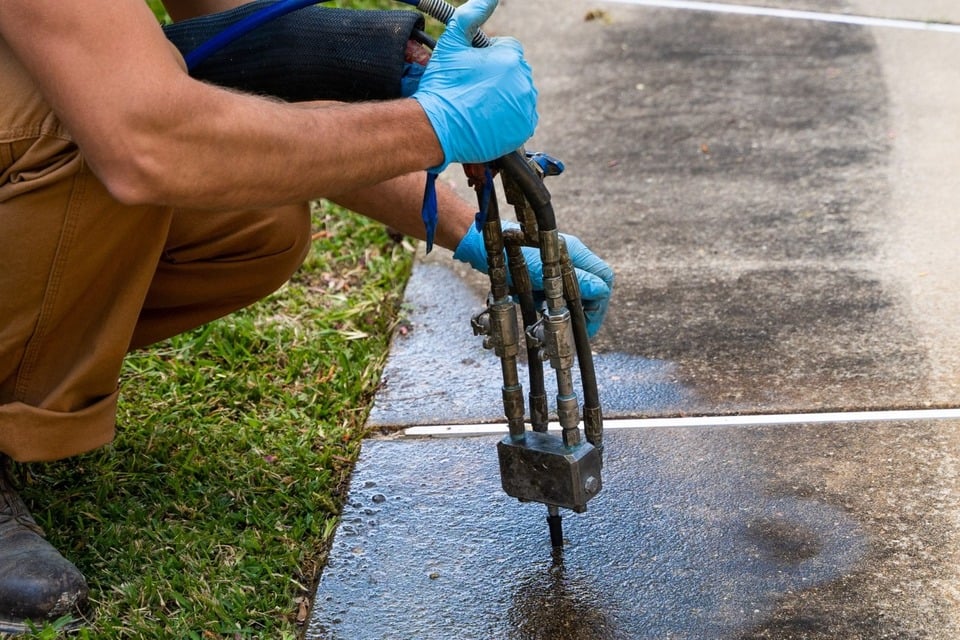
This modern concrete lifting method involves injecting an expanding polyurethane foam beneath sunken or uneven concrete slabs. The foam rapidly fills voids, lifts the slab back into place, and hardens within minutes, creating a durable, water-resistant base. Unlike traditional methods, polyurethane foam is lightweight, minimizing further soil compression, and its quick curing time allows for same-day use of the repaired surface.
Mudjacking
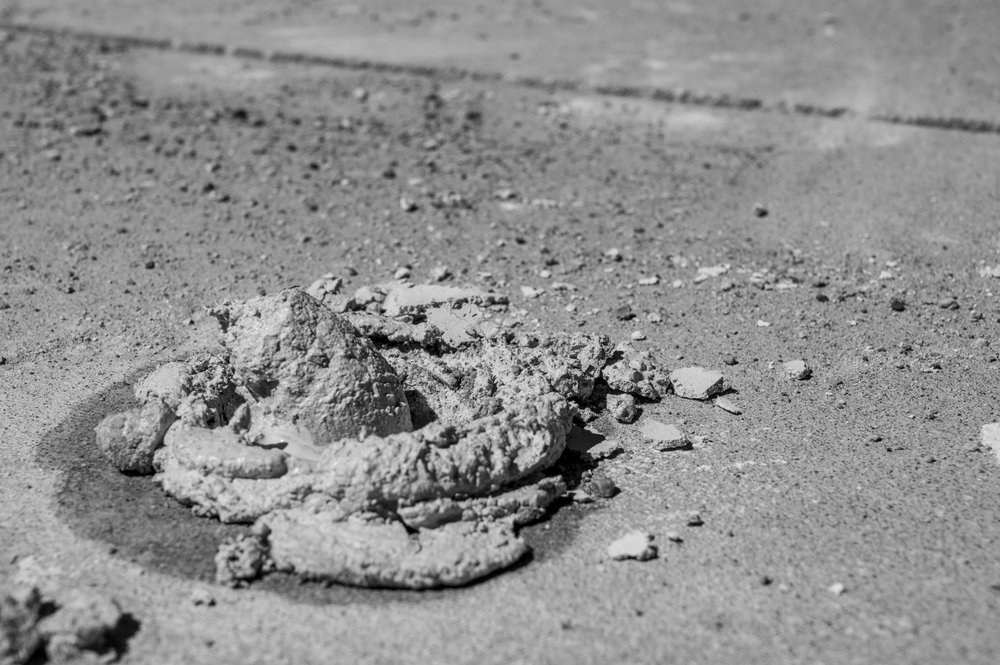
Mudjacking or slabjacking uses a slurry mixture of cement, soil, and water, which is pumped under the concrete to lift and stabilize it. While effective for some applications, mudjacking is heavier than polyurethane foam and may contribute to further settling over time. It also requires larger drill holes in the concrete and has a longer curing time, making it a less convenient solution for homeowners needing fast, long-lasting repairs.
Resurfacing & Overlaying
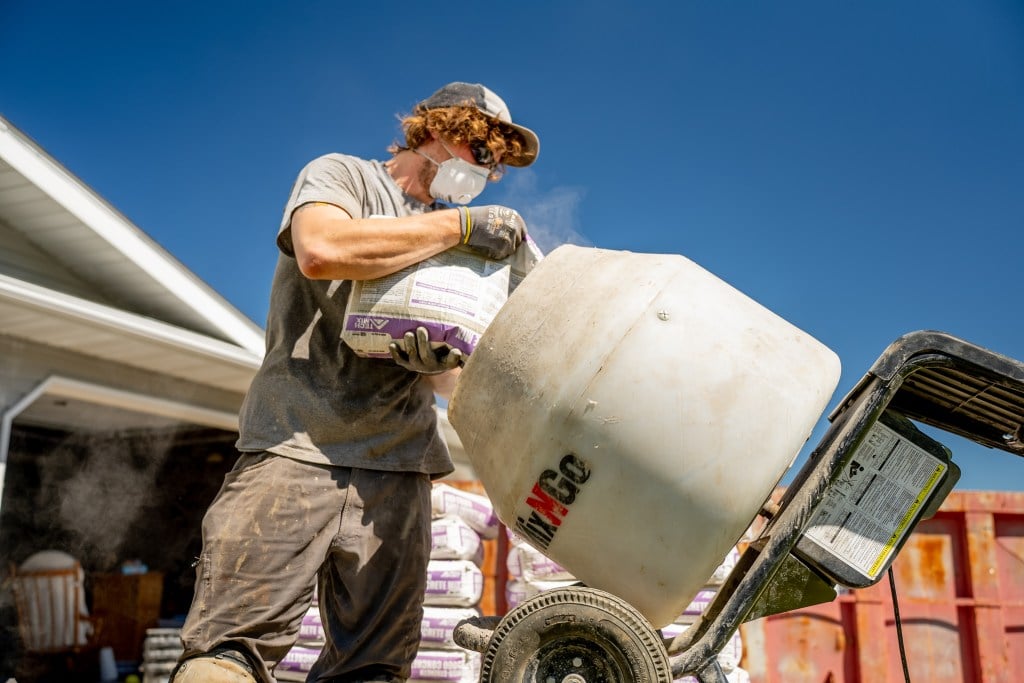
These cosmetic repair methods involve applying a new layer of concrete or polymer-modified material over existing slabs to improve the appearance and minor surface damage. While resurfacing restores visual appeal and protects against wear, it does not address underlying structural issues like settlement or instability, meaning deeper problems could still cause cracks to reappear.
Complete Concrete Replacement
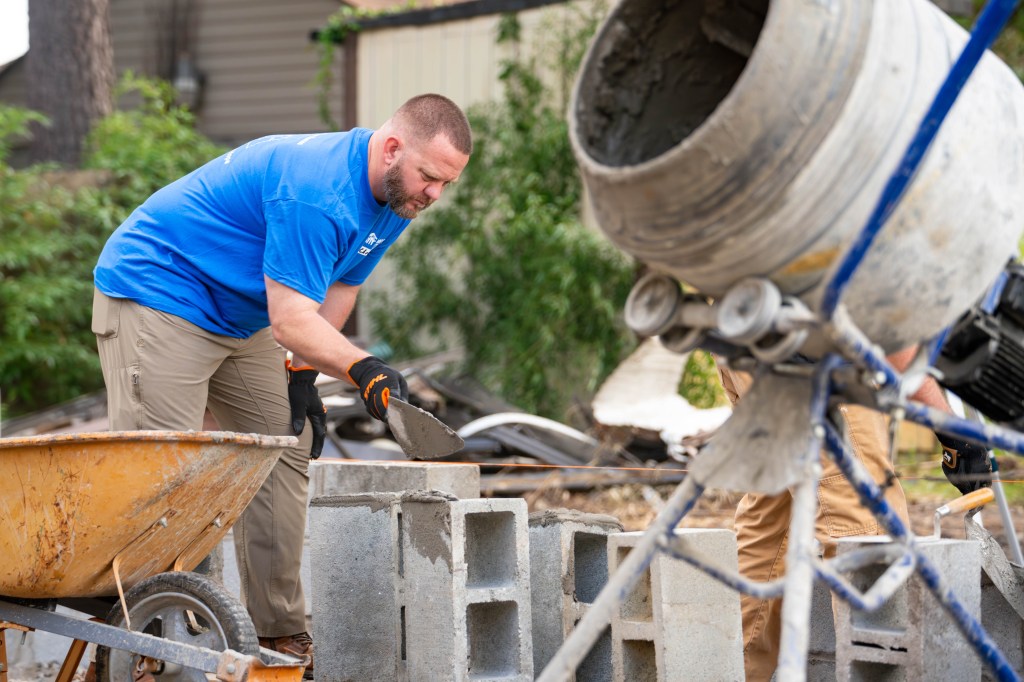
In cases of severe deterioration, extensive cracking, or structural failure, full replacement may be necessary. This process involves demolishing and removing the old slab, preparing a stable base, and pouring new concrete. While it provides a fresh start, replacement is labor-intensive, costly, and requires significant curing time, making it less practical unless necessary.
Next Steps: Get a Free Expert Evaluation
If you’re unsure about the extent of your concrete damage, don’t wait until the problem worsens. A professional assessment can help you determine the best course of action.
Most concrete issues can be fixed quickly and affordably when addressed early. Whether it’s minor concrete crack repair or extensive concrete settlement repair, taking action now can save you from bigger, costlier problems down the road.
Go with Groundworks for Expert Concrete Repair

Cracks in concrete don’t have to be a major headache. With early detection, preventive measures, and the right repair solutions, you can restore and protect your home’s concrete surfaces.
Contact the experts at Groundworks today to keep your concrete strong and stable! Get started with a free inspection and no-obligation concrete repair estimate.
